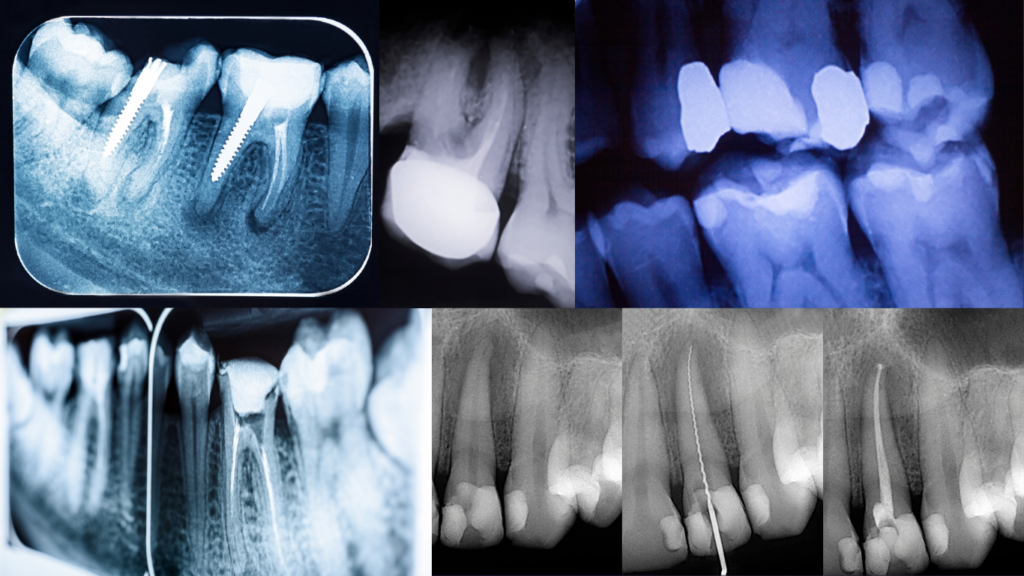In modern dental practices, Radiovisiography (RVG) sensors are crucial in delivering precise digital images. If you don’t know choosing the Right RVG Sensor may be confusing- With various sizes and shapes available, selecting the right RVG sensor can significantly impact diagnostic accuracy and patient comfort. This guide will explore the different RVG sensor types based on size and shape, highlighting their advantages and disadvantages.

1. Size 1 RVG Sensors:
Advantages:
- Optimal for Anterior Imaging: Size 1 sensors are specifically designed for imaging the front teeth. Their smaller dimensions make them ideal for capturing detailed images of anterior teeth with minimal patient discomfort.
- Enhanced Comfort: Their compact size reduces the likelihood of gag reflex and discomfort, especially beneficial for patients with smaller mouths or those who are sensitive to larger sensors.
- Easier Handling: The smaller size allows for easier maneuverability and accurate positioning in the mouth.
2. Size 2 RVG Sensors:
Advantages:
- Versatility: Size 2 sensors are suitable for both anterior and posterior teeth, making them a versatile choice for general dental practices. They can handle a broad range of imaging needs.
- Wider Field of View: The larger size provides a more extensive field of view, allowing for more comprehensive imaging in a single shot. This is beneficial for full-mouth examinations.
- Detailed Imaging: Size 2 sensors deliver high-resolution images, which are essential for detecting detailed structures and potential issues in both anterior and posterior regions for RCT & Diagnosis.

Disadvantages:
- Potential Patient Discomfort: The larger size may cause discomfort for some patients, particularly those with smaller mouths or sensitive gag reflexes.
- Positioning Challenges: The increased size can make precise positioning more challenging, especially in the posterior areas of the mouth.
3. Size 0 RVG Sensors:
Advantages:
- Perfect for Pediatric Patients: Size 0 sensors are designed for use with children. Their small size fits comfortably in smaller mouths, making them ideal for pediatric dentistry.
- Reduced Discomfort: The compact size ensures a more comfortable experience for young patients, minimizing the likelihood of discomfort during imaging.
Disadvantages:
- Not Suitable for Adults: Size 0 sensors are generally not effective for adult patients due to their small size, which may not accommodate the larger dental structures of adults.
- Limited Field of View: The smaller sensor captures a narrower area, potentially requiring additional images for a complete assessment.
Conclusion:
Choosing the right RVG sensor involves considering the size and shape that best fit your imaging needs and patient comfort. Size 1 sensors excel in anterior imaging and patient comfort, Size 2 sensors offer versatility and a wider field of view, Size 0 sensors are ideal for pediatric patients, and flexible sensors provide adaptability for challenging areas. By understanding the advantages and disadvantages of each RVG sensor type, you can make an informed choice that enhances diagnostic precision and improves patient experience in your dental practice.
